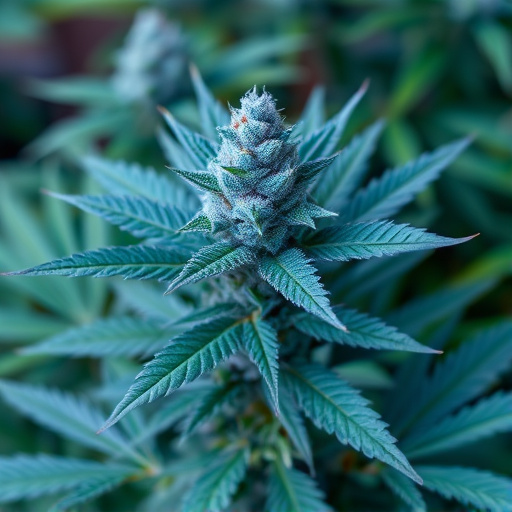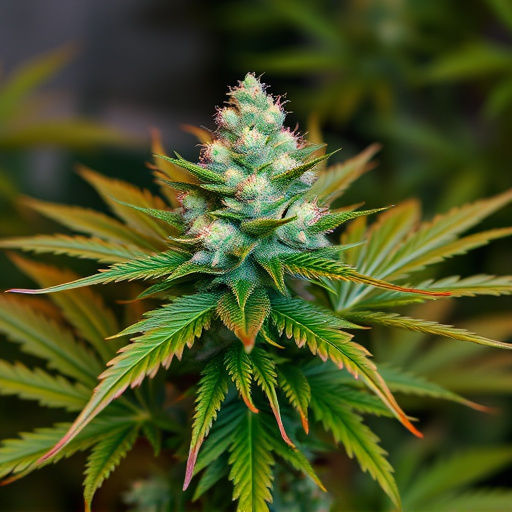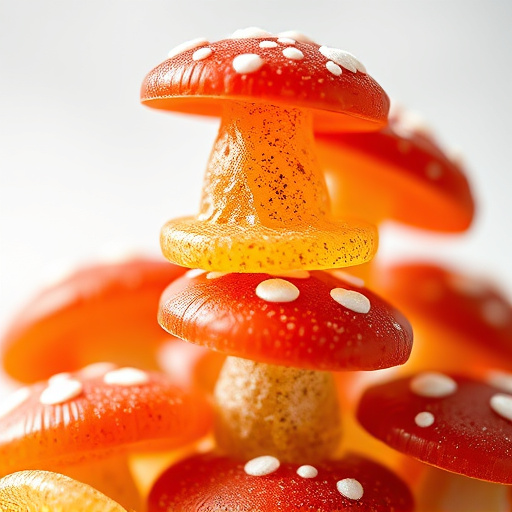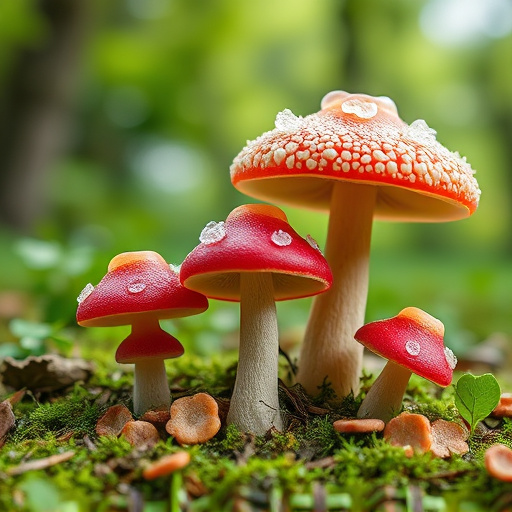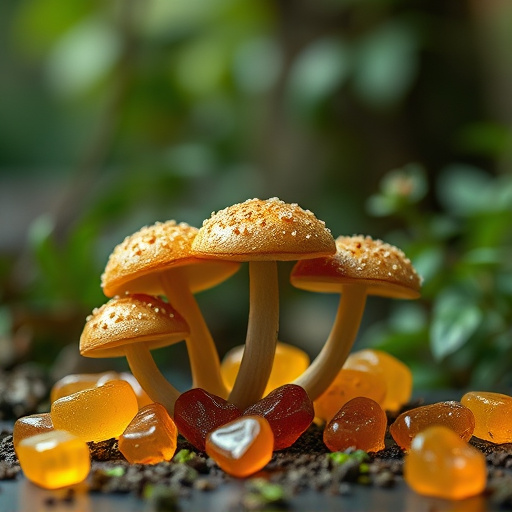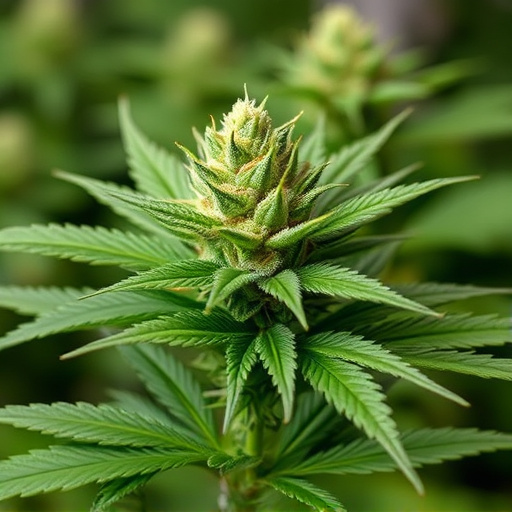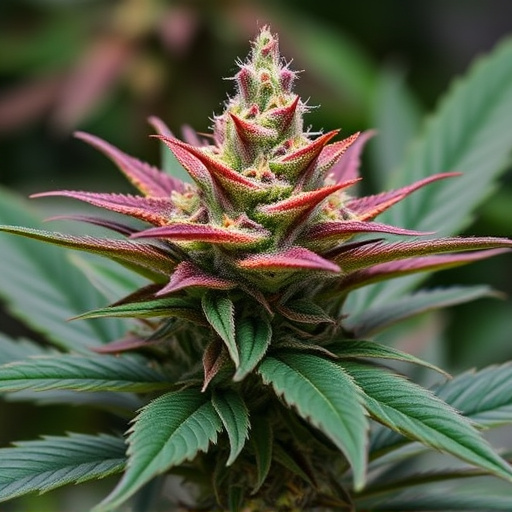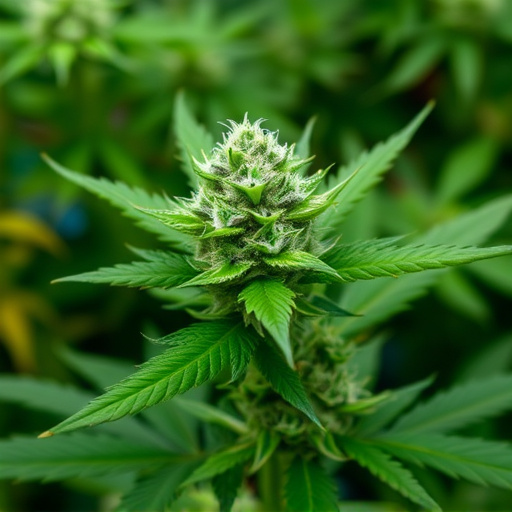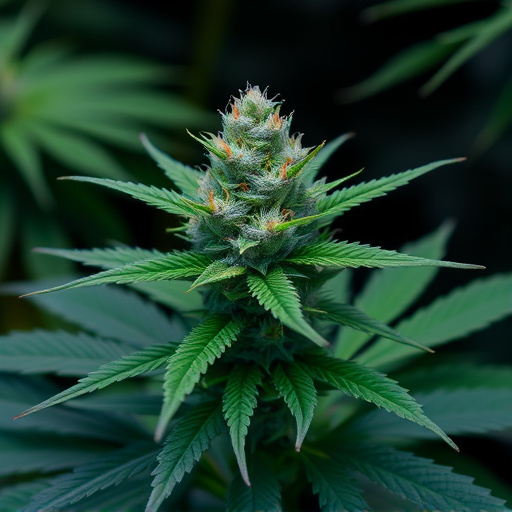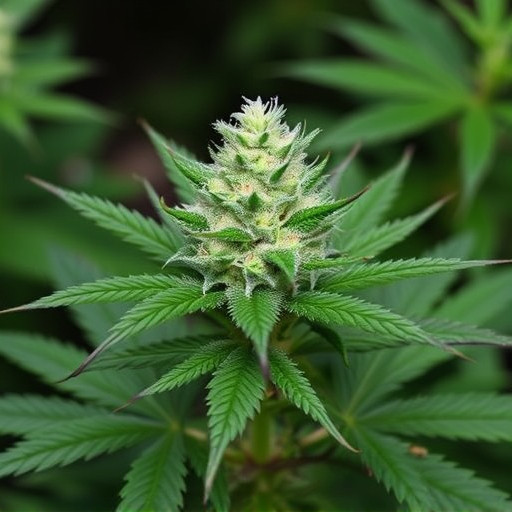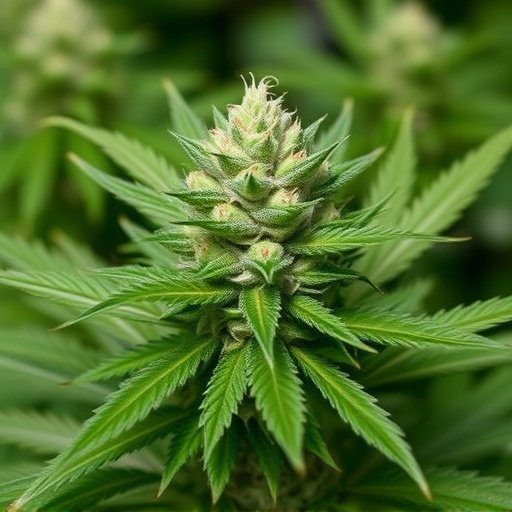Preserving the quality of top-tier best medical cannabis strains demands meticulous storage, including using airtight containers, cool dry spaces, and maintaining relative humidity below 60%. Regular inspection for mold (black, white, or green patches) and discoloration is vital. Aroma analysis, or sniff testing, helps identify subtle flavors and detect issues like off-notions signaling poor storage or contamination. Proper storage prevents the cannabis from becoming dry and brittle, preserving potency and therapeutic effects sought by patients for chronic pain relief.
Discovering the signs of moldy or expired weed is crucial for ensuring you’re getting the highest quality medical cannabis strains. This guide breaks down the key indicators through three essential sections: visual cues like spotting mold and discoloration, aroma analysis to recognize off-notions, and texture and potency assessments to understand declined quality. By mastering these criteria, you’ll be able to make informed choices for your wellness routine.
- Visual Cues: Spotting Mold and Discoloration
- Aroma Analysis: Recognizing Off-Notions
- Texture and Potency: Understanding Declined Quality
Visual Cues: Spotting Mold and Discoloration
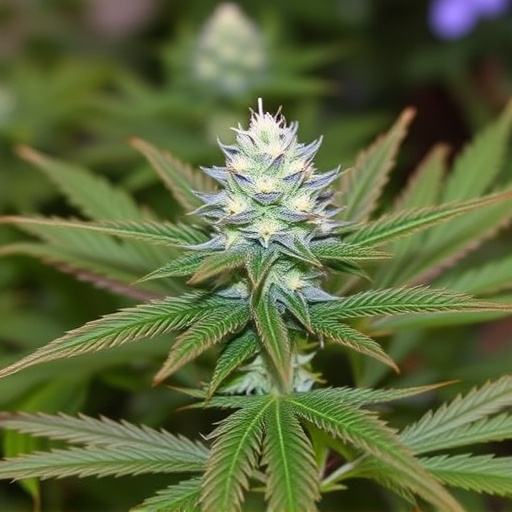
When it comes to top-quality medical cannabis, storage and care are paramount to preserving its effectiveness. One of the most obvious signs that your weed is no longer up to par is visual cues like mold and discoloration. Mold can appear as black, white, or green patches on the buds, leaving an unpleasant taste in your mouth if consumed. Discoloration might include a loss of vibrant hues, turning from rich greens and browns to duller shades. These issues often arise due to improper storage, high humidity, or exposure to moisture, which create ideal conditions for mold growth.
Among the best medical cannabis strains, proper preservation techniques can significantly extend their shelf life. Keeping your supply in airtight containers, storing them in cool, dry places, and monitoring relative humidity levels below 60% are effective strategies. Regular inspection of your buds is essential to catching any signs of mold or discoloration early on, ensuring you always have access to the best medical cannabis possible.
Aroma Analysis: Recognizing Off-Notions
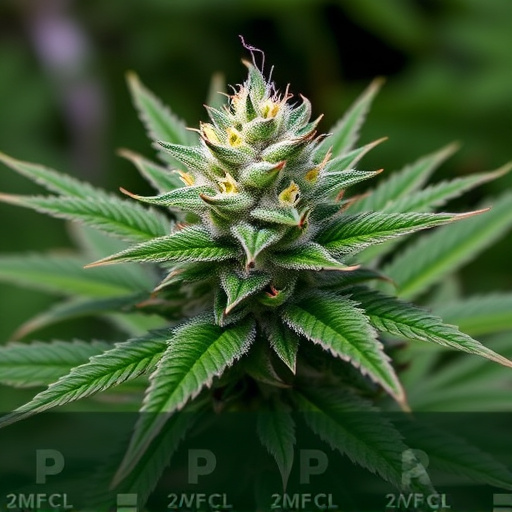
The scent of cannabis is a critical factor in identifying its quality and freshness, especially for discerning users seeking the best medical cannabis strains. Aroma analysis, or sniff testing, is an art that allows cultivators and consumers to recognize subtle nuances in flavor and detect signs of moldy or expired weed. Off-notions, or unpleasant odors, can be early indicators that something isn’t quite right with a batch of cannabis.
Unwanted scents may stem from various factors, including storage conditions, contamination, or the presence of mold. For example, musty, earthy, or damp smells could suggest mold growth, while pungent, chemical, or rotten odors might indicate decay. Skilled noses can detect these off-notions, ensuring that consumers get their hands on premium, fresh medical cannabis strains.
Texture and Potency: Understanding Declined Quality
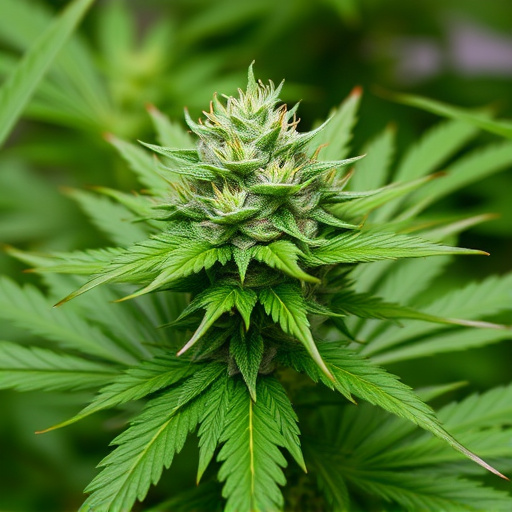
The texture and potency of cannabis are key indicators of its quality, especially as it ages or becomes exposed to adverse conditions. When weed starts to go bad, it undergoes a noticeable transformation in consistency and effect. One of the first signs is a sticky or tacky texture—a common characteristic of fresh cannabis—that eventually gives way to a dry, brittle feel. This change in texture often accompanies a decline in potency, as cannabinoids like THC and CBD may degrade over time due to oxidation or exposure to light and heat.
Among the best medical cannabis strains known for their potent and desirable properties, even the finest can suffer reduced effectiveness when not stored properly. Patients seeking relief from chronic pain, anxiety, or other conditions should be vigilant in monitoring the condition of their supplies. A strain that once offered powerful analgesic effects might lose much of its potency if allowed to sit in a warm, humid environment or exposed to direct sunlight for prolonged periods. Thus, understanding these subtle changes is crucial for ensuring optimal results and maintaining the desired therapeutic effects.
When it comes to ensuring the quality of your medical cannabis, knowledge is power. By understanding visual cues like mold and discoloration, recognizing off-notions through aroma analysis, and being aware of decreased texture and potency, you can make informed decisions about which best medical cannabis strains to choose. Stay vigilant and prioritize your health by discarding any suspicious products to maintain a consistent and effective treatment regimen.
